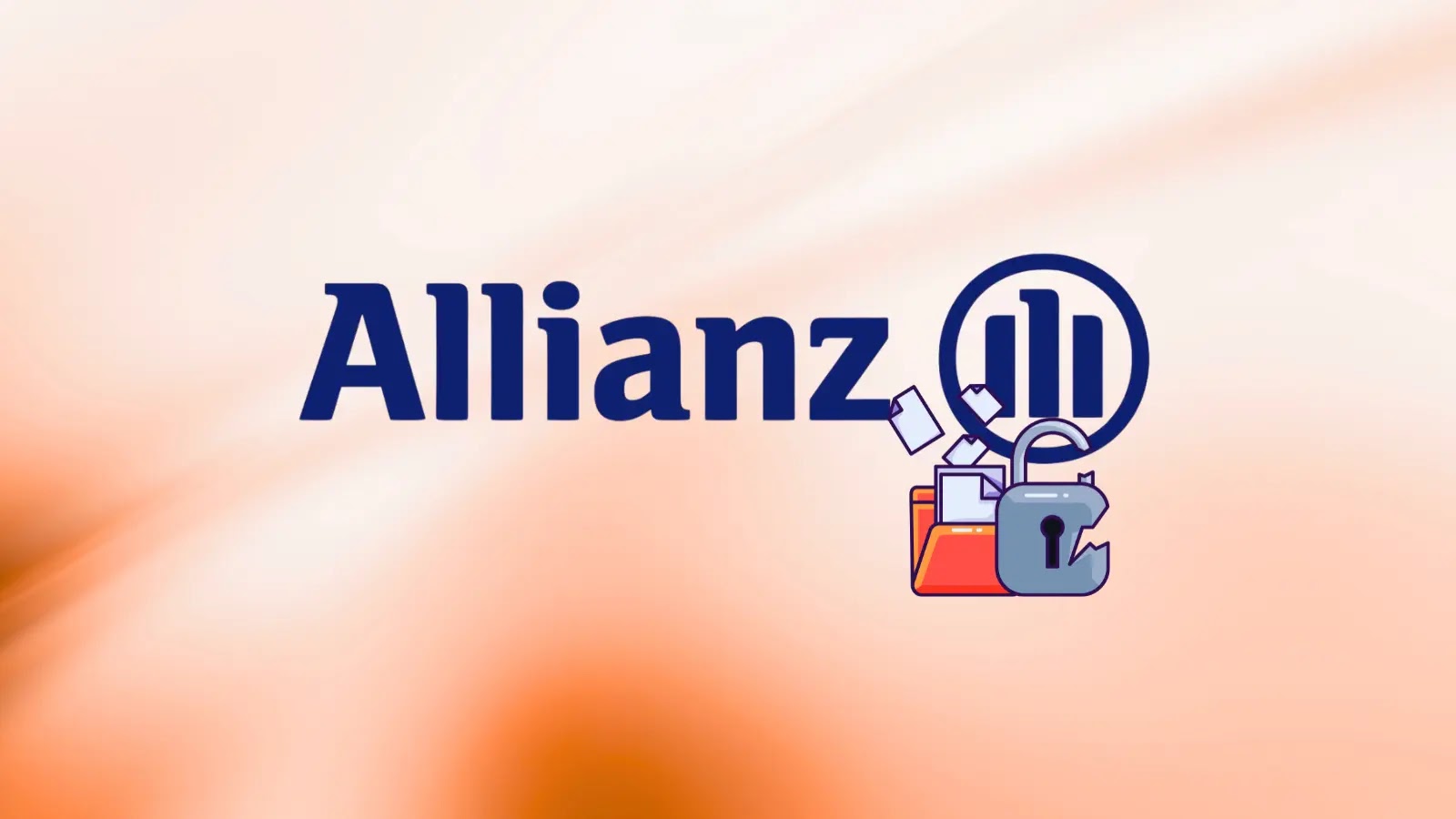
1.1 Million Users Data Exposed in Massive Allianz Life Data Breach
Massive Allianz Life Data Breach Exposes 1.1 Million Customers’ Data via Salesforce CRM Social Engineering
A significant breach has rattled the insurance sector, as Allianz Life, a major primary insurance provider, announced a sophisticated social engineering attack that compromised the personal data of approximately 1.1 million customers. This incident, which occurred in July 2025 and targeted the company’s Salesforce CRM platform, marks one of the most substantial insurance sector data exposures of the year. The pervasive threat of social engineering, combined with the criticality of CRM data, underscores the evolving attack landscape confronting even the largest enterprises.
Understanding the Allianz Life Data Breach
The core of the Allianz Life incident lies in a refined social engineering campaign. While specific details of the social engineering tactics employed (e.g., phishing, vishing, pretexting) have not been fully disclosed, the outcome is clear: unauthorized access to the company’s Salesforce CRM. Customer Relationship Management (CRM) systems like Salesforce are repositories of highly sensitive information, including personal identifiable information (PII), contact details, policy data, and potentially financial information. The compromise of such a critical platform for over a million users highlights a severe lapse in their human and technical defenses against targeted attacks.
The scale of this breach – 1.1 million customers – is particularly alarming for the insurance industry, an industry built on trust and the secure handling of sensitive client data. This event serves as a stark reminder that even robust technological platforms can be undermined when human vulnerabilities are successfully exploited.
Social Engineering: The Human Element as the Primary Vulnerability
Social engineering remains a top threat vector for organizations worldwide. Unlike traditional cyberattacks that exploit software vulnerabilities, social engineering manipulates individuals into divulging confidential information or granting unauthorized access. These attacks often bypass sophisticated technical controls by targeting the weakest link: the human. Common social engineering tactics include:
- Phishing: Deceptive emails or messages designed to trick recipients into revealing sensitive data or clicking malicious links.
- Spear Phishing: Highly targeted phishing attacks tailored to specific individuals or organizations.
- Pretexting: Creating a fabricated scenario to obtain information, often involving impersonation.
- Vishing: Voice phishing, using phone calls to trick victims.
The success of these attacks against Allianz Life’s Salesforce CRM suggests that sophisticated internal reconnaissance or highly convincing pretexts were likely used to gain a foothold within the organization or its vendors.
Implications of a CRM Data Breach
A breach involving a CRM platform has far-reaching consequences, extending beyond immediate data exposure:
- Identity Theft and Fraud: Exposed PII forms the basis for various types of fraud.
- Reputational Damage: Loss of customer trust and potential long-term damage to the brand.
- Regulatory Fines: Significant penalties under regulations like GDPR, CCPA, and state-specific insurance compliances.
- Litigation: Class-action lawsuits from affected customers.
- Competitive Disadvantage: Erosion of market confidence and potential loss of business.
For Allianz Life, the repercussions will likely be substantial, requiring extensive customer communication, remediation efforts, and a comprehensive review of their security posture.
Remediation Actions and Proactive Defenses
Organizations, particularly those in data-rich sectors like insurance, must implement a multi-layered defense strategy to mitigate the risk of social engineering and CRM breaches.
- Enhanced Employee Training: Regular, interactive training on identifying and reporting social engineering attempts. Emphasize the risks associated with suspicious emails, calls, and unexpected requests.
- Multi-Factor Authentication (MFA) Everywhere: Implement strong MFA for all internal and external access to critical systems, especially CRM platforms like Salesforce. Even if credentials are compromised, MFA adds a vital layer of defense.
- Principle of Least Privilege: Limit user access to only the data and functionalities required for their role within the CRM. Regular access reviews are crucial.
- Robust Vendor Security Assessments: Meticulously vet the security practices of all third-party vendors and cloud service providers, including Salesforce. Understand their security controls, incident response plans, and data handling policies.
- Advanced Threat Detection: Deploy solutions capable of detecting anomalies in user behavior, suspicious login attempts, and unusual data access patterns within CRM systems.
- Incident Response Planning and Drills: Develop and regularly test a comprehensive incident response plan for data breaches, focusing on rapid detection, containment, eradication, and recovery.
- Phishing Simulations: Conduct regular simulated phishing campaigns to test employee resilience and identify areas for further training.
- CRM Security Configuration Audits: Periodically review and audit the security settings and access controls within Salesforce to ensure they align with best practices and corporate security policies.
Tools for Detection and Mitigation
Implementing the right tools is crucial for both preventing and responding to social engineering and CRM-related incidents.
| Tool Name | Purpose | Link |
|---|---|---|
| Proofpoint, Mimecast, Avanan | Email Security Gateway (ESG) for Phishing/Malware Detection | Proofpoint, Mimecast, Avanan |
| KnowBe4, Cofense, SANS Security Awareness | Security Awareness Training & Phishing Simulations | KnowBe4, Cofense, SANS |
| Okta, Duo Security, Microsoft Azure AD | Multi-Factor Authentication (MFA) Solutions | Okta, Duo Security, Azure AD |
| Salesforce Shield, Vanta, Drata | Salesforce Security & Compliance Automation/Auditing | Salesforce Shield, Vanta, Drata |
| Splunk, CrowdStrike, SentinelOne | SIEM/XDR for Anomaly Detection & Incident Response | Splunk, CrowdStrike, SentinelOne |
Conclusion: Strengthening Defenses Against Evolving Threats
The Allianz Life data breach serves as a powerful testament to the persistent and evolving threat of social engineering. Even with advanced security infrastructure, the human element remains a critical vulnerability that attackers relentlessly target. For any organization holding sensitive customer data, especially within critical systems like CRM platforms, this incident underscores the imperative for continuous security awareness training, robust access controls, strong authentication, and rigorous third-party vendor management. Proactive defense, coupled with a well-rehearsed incident response plan, is no longer optional but fundamental to safeguarding customer trust and organizational integrity.





